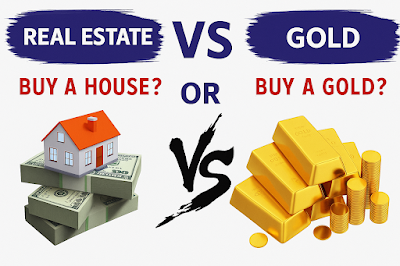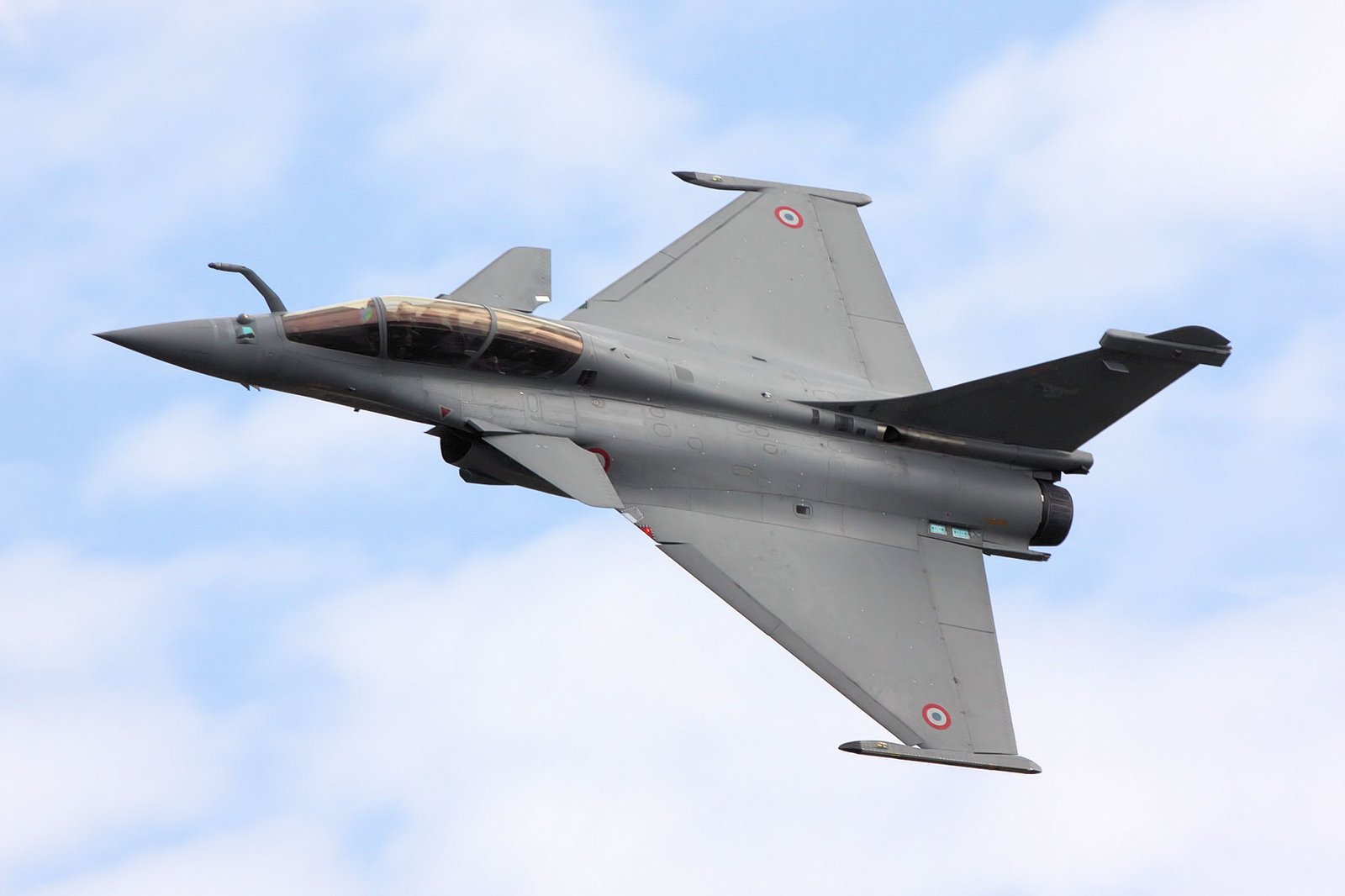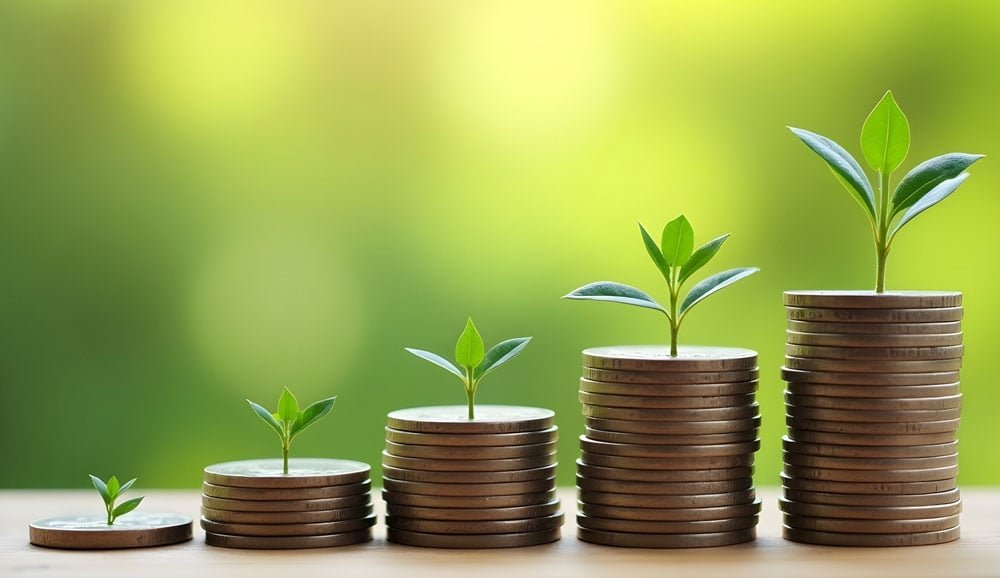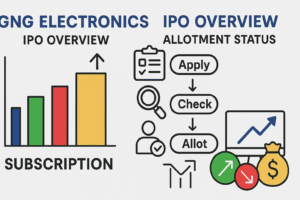
Gold vs. Inflation: How 6kg of Gold Still Buys a 4 BHK in South Delhi After 30 Years
The Gold Standard Methodology
Jain used a simple but powerful method: comparing what everyday and luxury items cost in 1996 and 2025, not in rupees but in gold weight. This approach eliminates the noise of currency fluctuations and provides a clear picture of real purchasing power over time.
The baseline for this analysis starts with gold priced around ₹5 lakh per kilogram in 1996, compared to today’s rates where gold trades near ₹1 crore per kilogram—a 20x increase in nominal terms. However, the real story emerges when we examine how this translates to actual purchasing power.
Real Estate: The Delhi Property Story
The most striking example in Jain’s analysis involves South Delhi real estate, often considered the benchmark for premium property in India. A posh 4 BHK flat in South Delhi priced at ₹30 lakh then (6 kg) now sells for ₹6 crore—again, still about 6 kg.
1996 Property Price
₹30 Lakh
Gold Weight: 6 kg
Gold Rate: ₹5 Lakh/kg
2025 Property Price
₹6 Crore
Gold Weight: 6 kg
Gold Rate: ₹1 Crore/kg
This remarkable consistency suggests that gold has perfectly tracked premium real estate appreciation in one of India’s most expensive markets. For property investors, this means that gold has served as an excellent hedge against real estate inflation over the long term.
Implications for Indian Real Estate Investors
- Gold provides a stable benchmark for evaluating real estate investments
- Premium properties in metro cities have maintained their gold-equivalent value
- Real estate and gold can complement each other in a diversified portfolio
- Both assets have significantly outperformed fixed deposits and traditional savings
Luxury Cars and Premium Lifestyle
The automotive sector provides another compelling case study. A BMW 3 Series cost ₹25 lakh in 1996—around 5 kg of gold. The same model today costs ₹60 lakh, but only 0.6 kg in gold terms.
BMW 3 Series (1996)
₹25 Lakh
Gold Weight: 5 kg
BMW 3 Series (2025)
₹60 Lakh
Gold Weight: 0.6 kg
This dramatic reduction in gold-weight cost reflects several factors: improved manufacturing efficiency, economies of scale, and technological advancement. For luxury car buyers, this means that premium automobiles have become significantly more affordable when measured against gold.
What This Means for Luxury Buyers
The automotive example demonstrates that gold hasn’t just preserved purchasing power—it has enhanced it for manufactured goods. This trend extends to other luxury items:
- Electronics and technology have become dramatically cheaper in gold terms
- Luxury watches, jewelry, and fashion items show similar patterns
- Consumer durables offer better value when measured against gold
- Import-dependent luxury goods benefit from gold’s international purchasing power
Travel and Dining: Everyday Luxuries
Jain’s analysis extends to lifestyle expenses that many Indians aspire to afford. The results are equally revealing.
Fine Dining Evolution
A five-star dinner for one cost ₹500 in 1996—roughly 1 gram of gold. In 2025, the same dinner costs ₹7,000, but with gold now near ₹1 crore per kg, that equates to just 0.7 grams.
International Travel Trends
A week-long Europe trip for two cost ₹3 lakh in 1996 (0.6 kg). Today, that trip might cost ₹6 lakh, but that’s just 0.06 kg of gold.
Europe Trip 1996
₹3 Lakh
Gold Weight: 0.6 kg
Europe Trip 2025
₹6 Lakh
Gold Weight: 0.06 kg
These examples highlight how gold ownership has dramatically improved access to international experiences and premium dining. For middle-class Indians with gold investments, this represents a significant improvement in lifestyle affordability.
Current Gold Market Dynamics
These current market prices validate the long-term trend that Jain’s analysis reveals. Over three decades, the rupee has depreciated significantly, while gold’s value has compounded.
Market Factors Supporting Gold
- Currency Depreciation: The rupee’s gradual weakening against major currencies
- Inflation Hedge: Gold’s traditional role as protection against rising prices
- Global Demand: Increasing international appetite for gold as a safe haven
- Supply Constraints: Limited new gold discoveries and mining challenges
- Central Bank Policies: Monetary expansion and low real interest rates
Price Variations Across India
While Delhi prices serve as a benchmark, gold rates vary slightly across Indian cities due to:
- Local taxes and duties
- Transportation and handling costs
- Regional demand patterns
- Seasonal festivals and cultural preferences
Investment Implications for Indians
Jain’s post doesn’t make bold predictions or dramatic claims—it simply maps purchasing power over time. But the implication is clear: unlike cash, which erodes under inflation, gold appears to have not only preserved value but improved affordability in real terms.
Strategic Considerations
For Indian investors, this analysis suggests several important strategic considerations:
- Portfolio Allocation: Gold deserves a meaningful allocation in long-term portfolios
- Inflation Protection: Gold serves as a superior inflation hedge compared to traditional fixed-income investments
- Purchasing Power: Gold ownership enhances access to luxury goods and experiences over time
- Wealth Preservation: For multigenerational wealth transfer, gold maintains consistency
Practical Investment Approaches
Indian investors can access gold through various methods:
- Physical Gold: Jewelry, coins, and bars for direct ownership
- Gold ETFs: Exchange-traded funds for convenient trading
- Gold Mutual Funds: Professional management with systematic investment options
- Digital Gold: Modern platforms offering fractional ownership
- Gold Bonds: Government securities backed by gold with additional interest
Key Takeaways
- Consistent Value: Gold has maintained purchasing power for major expenses like Delhi real estate over 30 years
- Enhanced Affordability: Luxury goods, travel, and dining have become more affordable when measured in gold terms
- Inflation Outperformance: Gold has not just matched inflation but exceeded it across multiple categories
- Long-term Perspective: The analysis reinforces gold’s role as a multigenerational wealth preserver
- Diversification Value: Gold complements other investments by providing stability and purchasing power protection
- Practical Accessibility: Multiple investment options make gold accessible to investors of all sizes








Post Comment